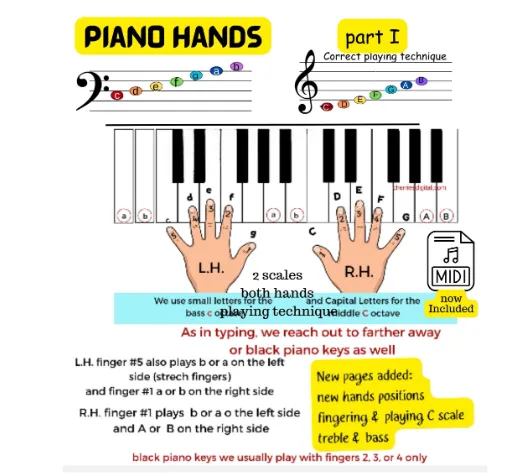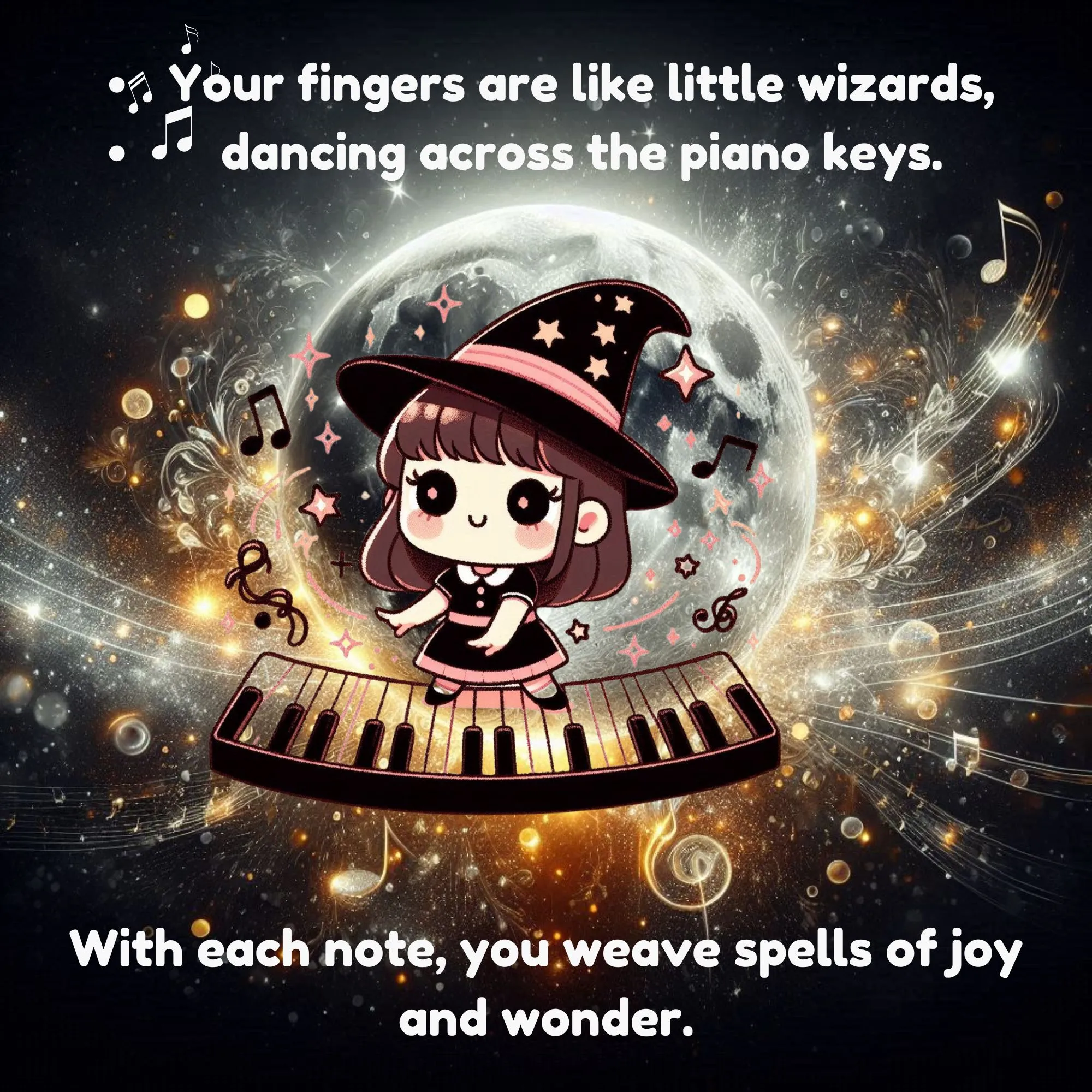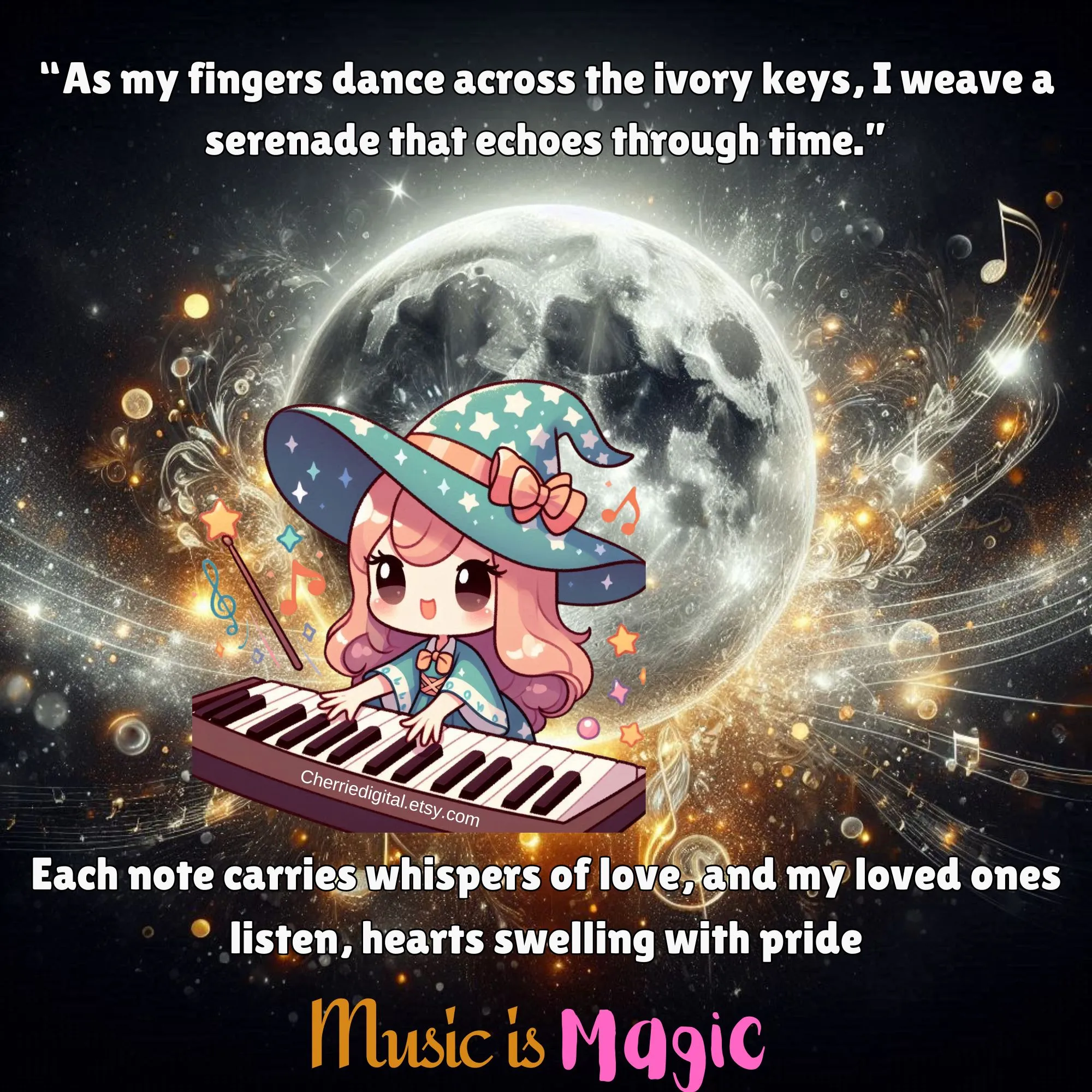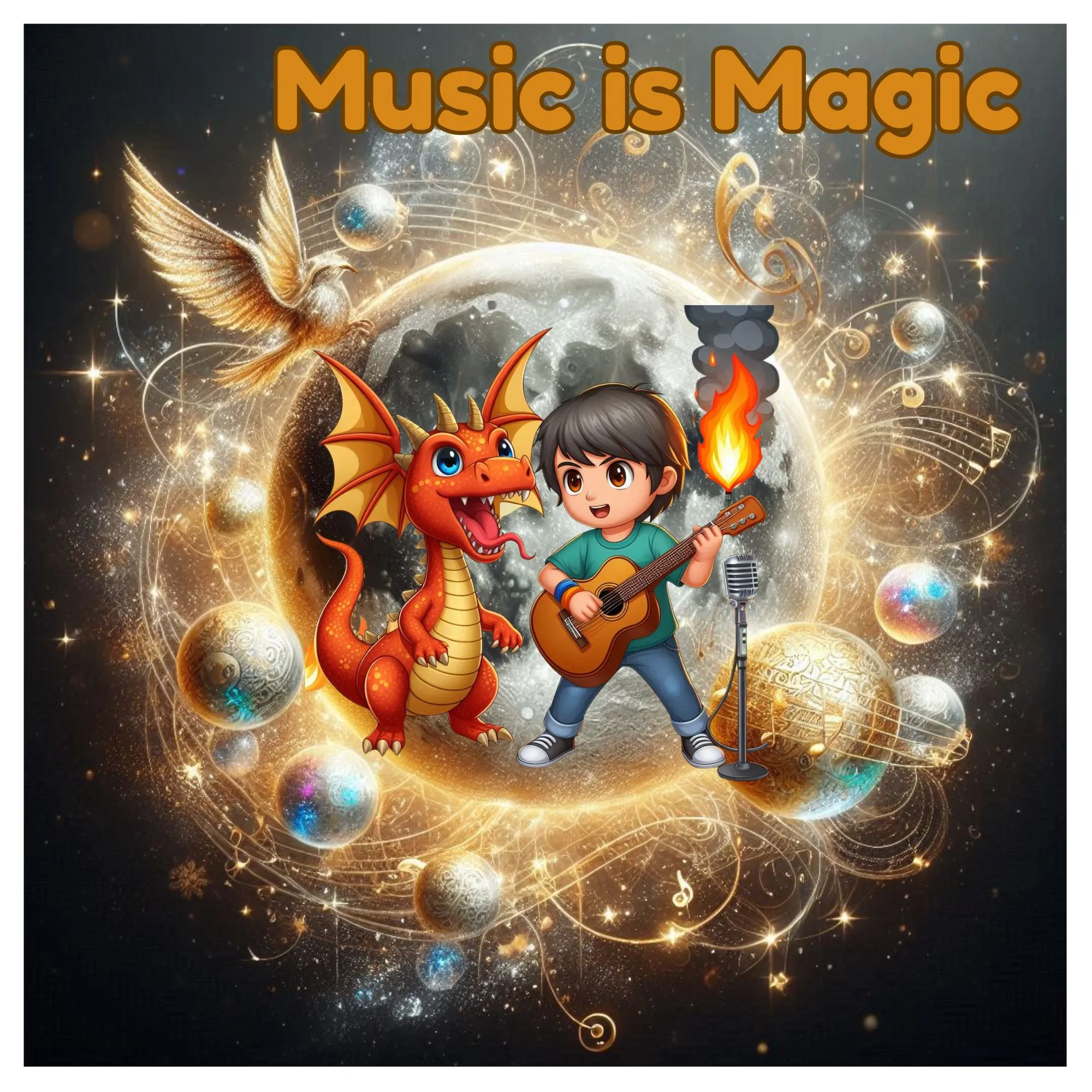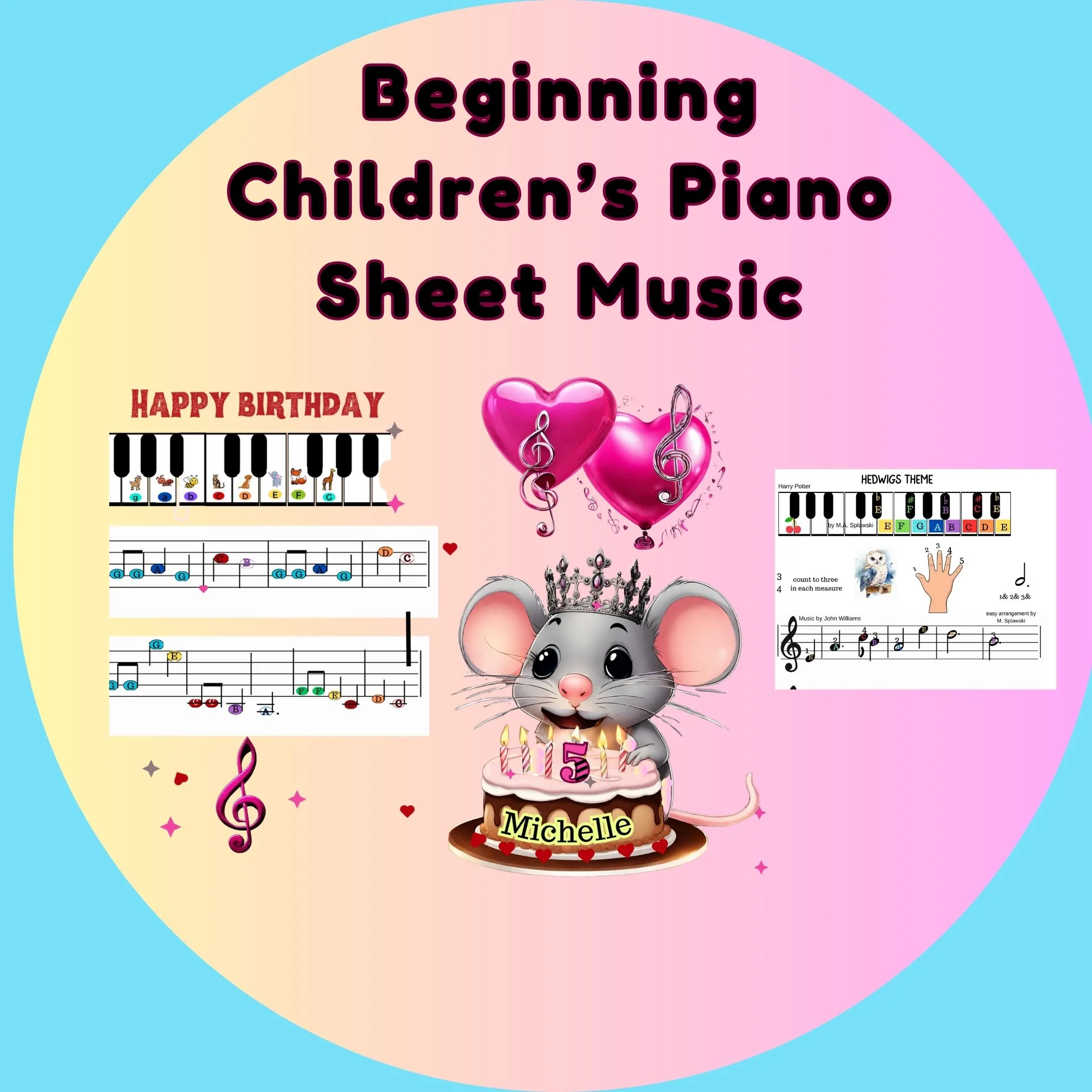
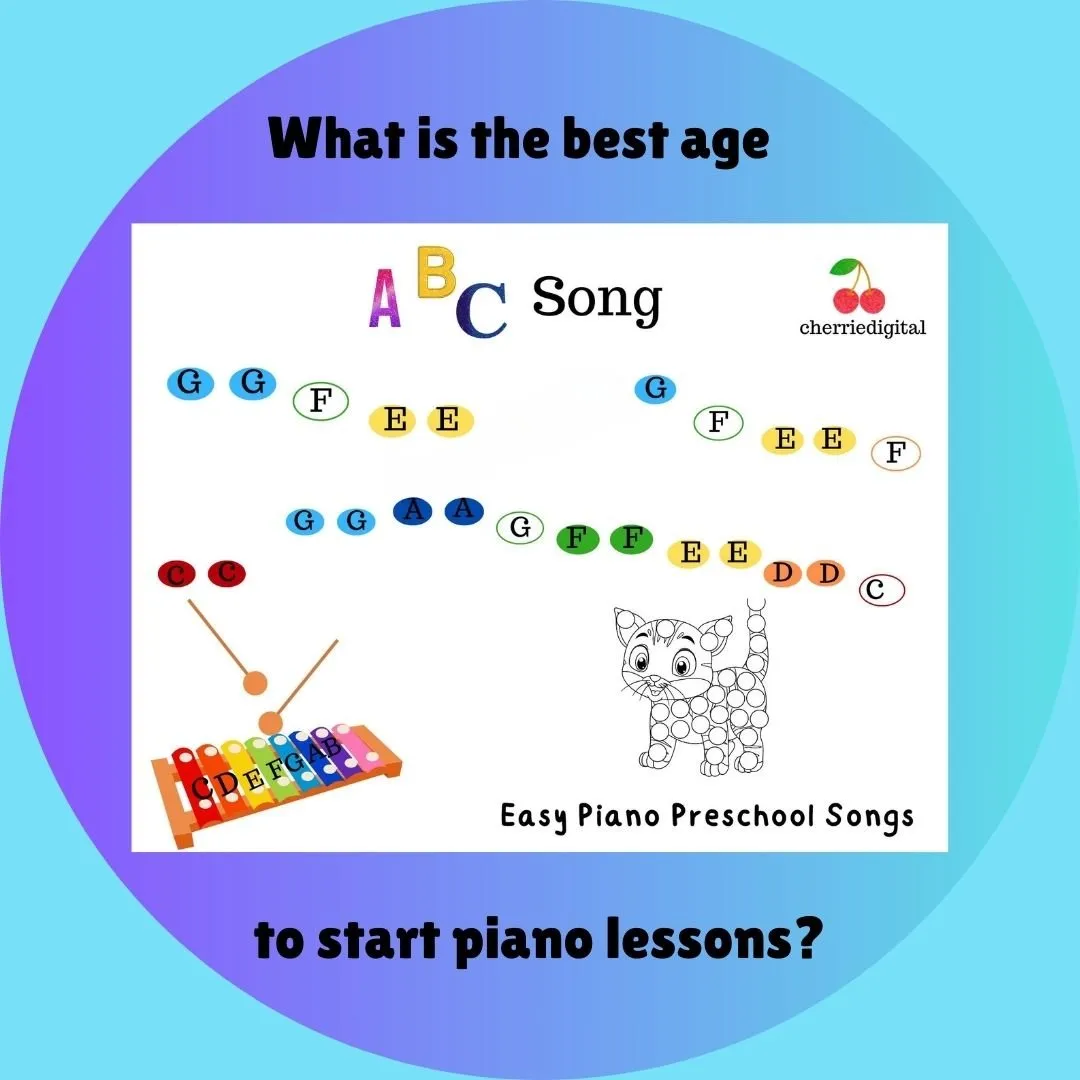
Get Your Child Ready
First important steps to take preparing your child for piano lessons:
1. How to choose your kid's first piano
2. Get your child excited with new piano lessons
3. Get involved - learn piano along
4. Find time to listen to your child playing
5. Never criticize your child for making any errors
6. Teach your child to respect any instrument - wash hands before playing and keep the instrument clean
7. Listen to baby songs and classical music pieces during dinner time while driving and at bedtime
8. Create a habit - always the same piano time everyday
9. Teach your child finger numbers for both hands
10. Play rhythm games together by clapping topping hands knees the floor
Piano Basics for Kids
You can teach beginning Piano to your child easily with this amazing piano system proven to work with hundreds of kids over the years.
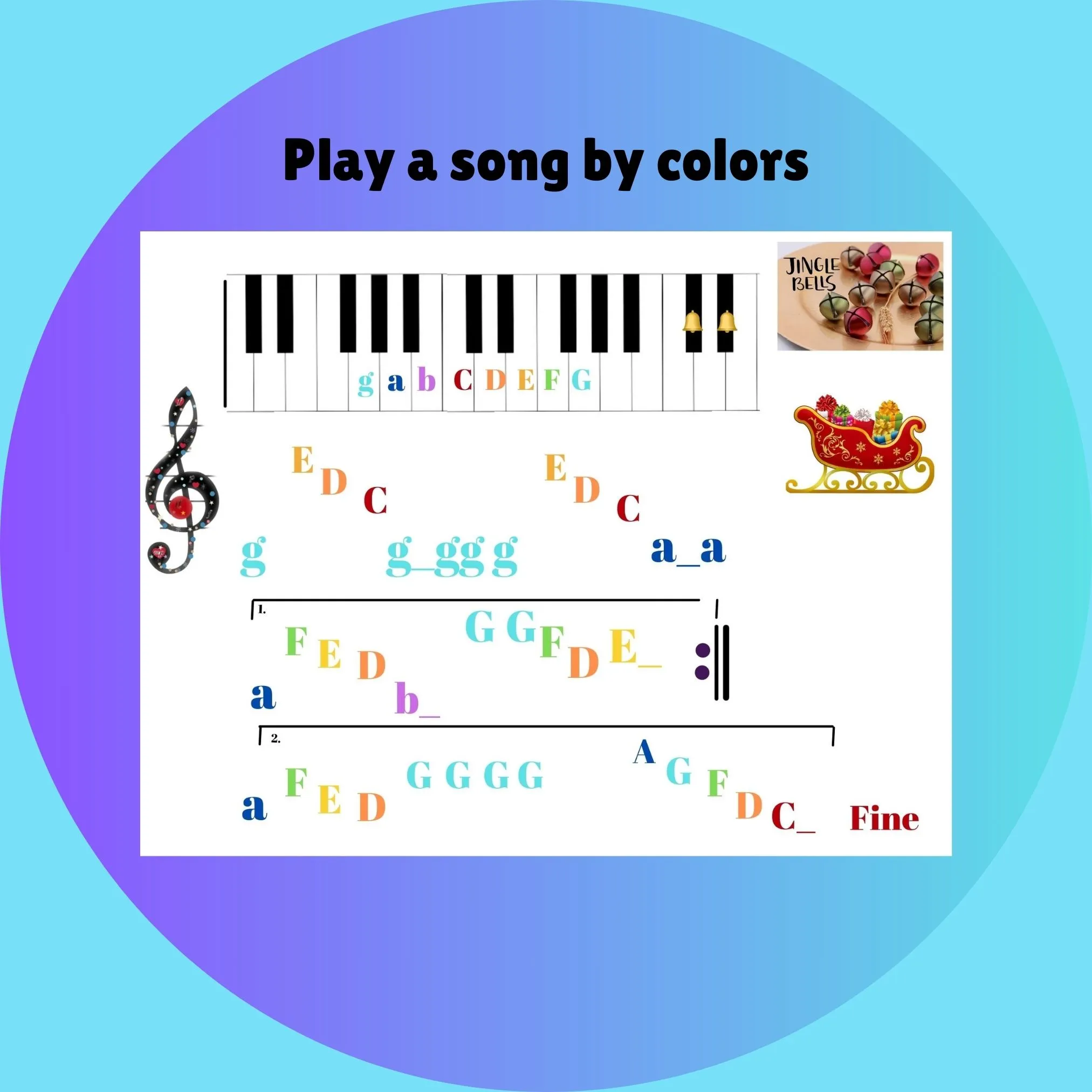
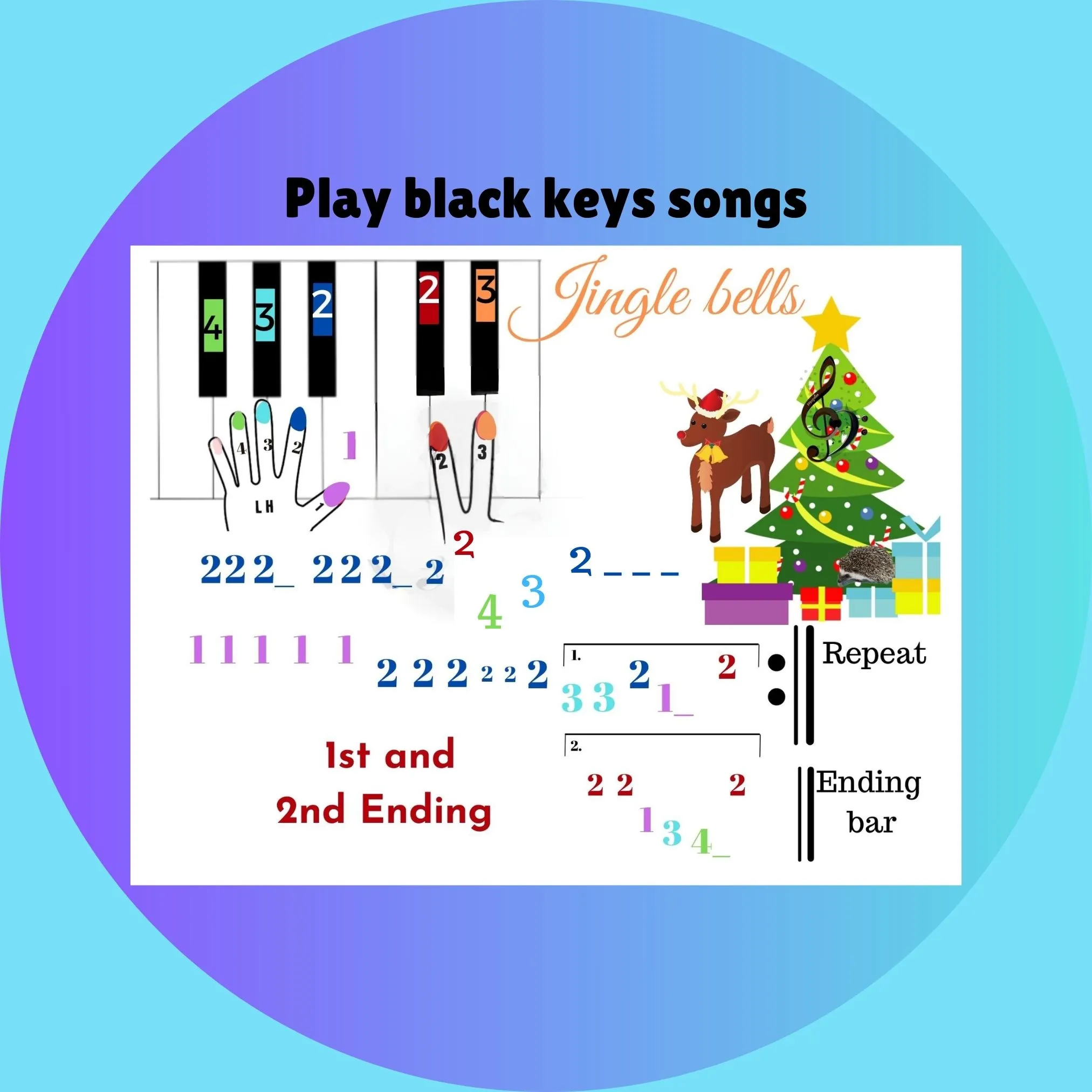
The most important question is When?
It is an individual skill which is different for every child: some children start at age 4 and some need to be at least 6 years old or older. It is the best to give your child a Xylophone music toy even at age 3. It is perfect to teach important skills:
a) learn colors - match them with Xylophone's color coded bars
b) follow the order of colored dots to play a song
c) practice eye-hand correlation
d) learn to recognize 7 sounds from C to B
e) as soon as your child can do it all is ready to try it on his first piano
Always start with easy songs and follow the Piano Method:
- play by colors
- play black keys songs by finger numbers
- play white keys songs by numbers
- play by letters
- finally learn to read first music notes
Lorem ipsum dolor sit amet, consectetur adipisicing elit. Voluptatibus quia, nulla! Maiores et perferendis eaque, exercitationem praesentium nihil.
Piano tricks for beginner
A. How to learn to play fast?
Piano games are great in the beginning
"Cat chasing mouse" only on black keys while left hand is a cat (on three black keys only) and the right hand plays only on two black keys a mouse running all the way up the piano (to the right). Great piano game for two kids or a teacher-parent with a new young Piano Student.
"Little fans" - play all white and black keys in order going from the bottom of the piano to the top while crossing fingers
Tip: 2 black keys are always being played by fingers 2 and 3 then 1 again (cross under on the next white piano key) 3 black keys are being always played by fingers 2 3 and 4 then finger number 1 under going up the piano keyboard.
Left hand plays finger number 3 or 4 over 1 going up
Great piano exercises for both hands
1. Play all the white keys with only fingers 1 and 2
2 .Then 1 2 3 and 1 2 3 and so on (play Legato which means smoothly connected and cross fingers over or under as needed)
3. 1 2 3 4 and 1 2 3 4 and so on
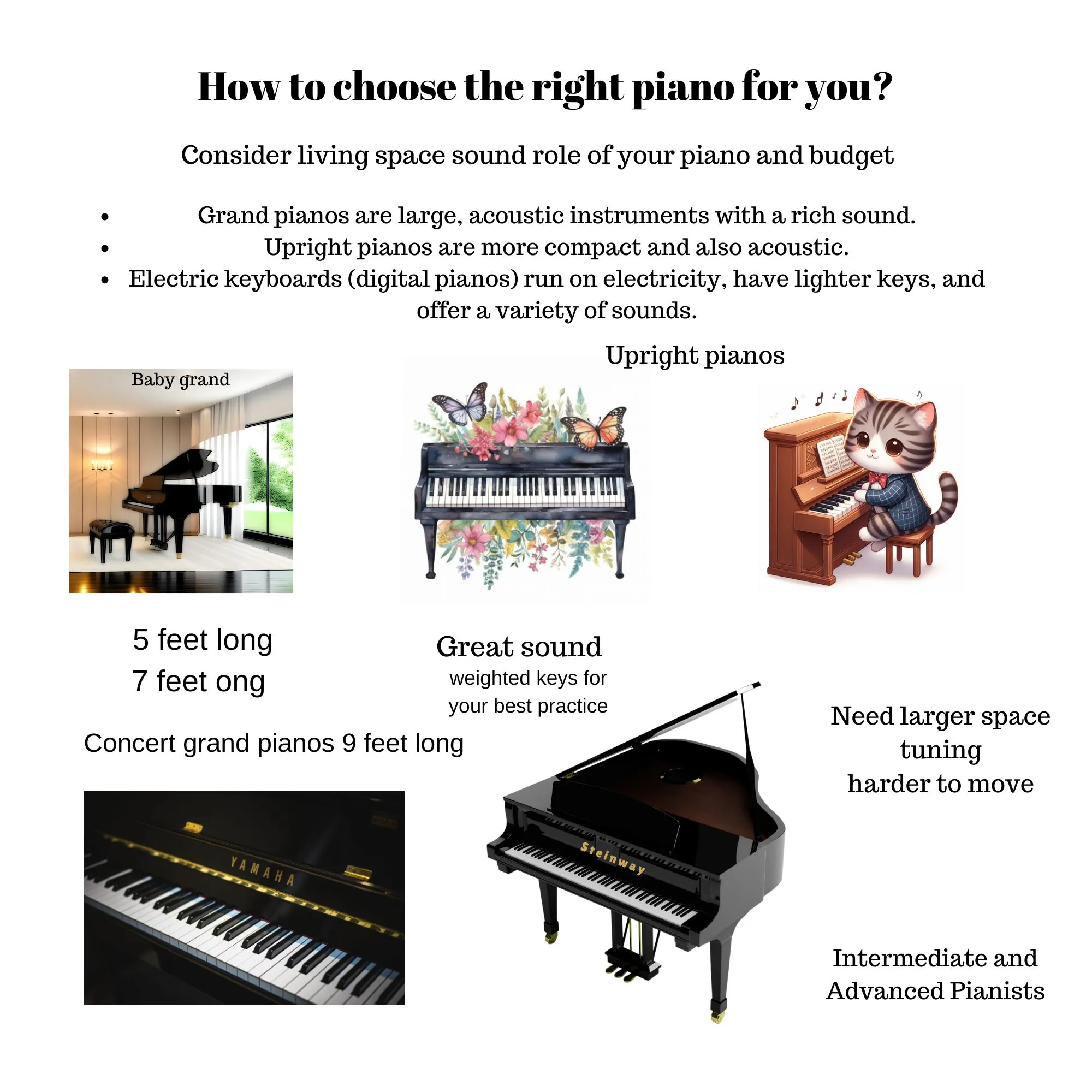
Very young children may be scared of a loud piano sound and have difficulties pressing the keys with their small fingers
It is the best that piano "grows" with a child: from short keyboard and light keys to a bigger digital piano and finally to the grand piano
Getting your child ready for piano lessons. Discuss it with your child, read motivational piano books, watch stories and short musical movies
1. Why learn to play an instrument? What are the benefits of being a musician? Start with very young children reading a book "King Leo's Animal Band" - his dreams about music, how he learned to play his first instrument, and who joined his band
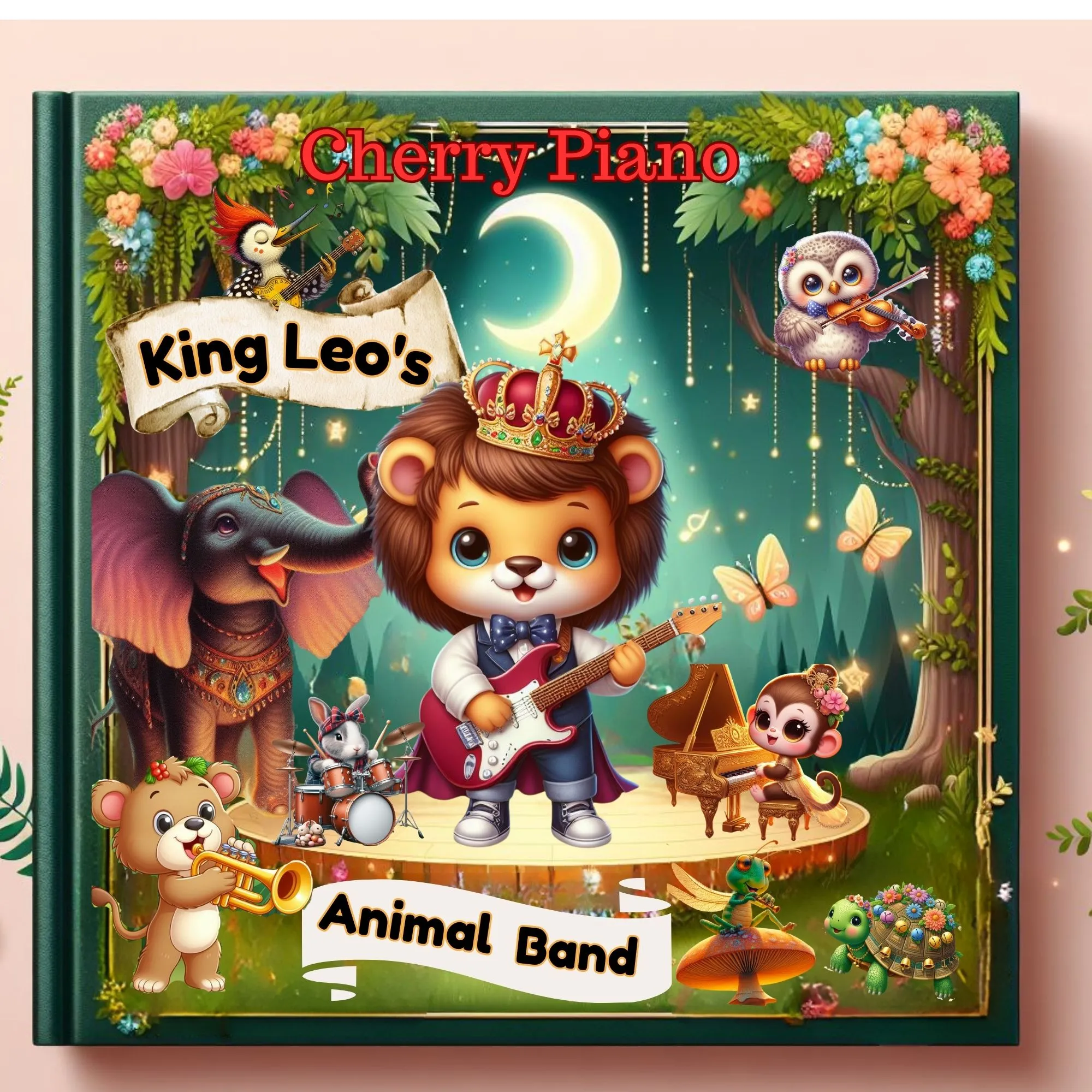
Add Musical Decor around the house
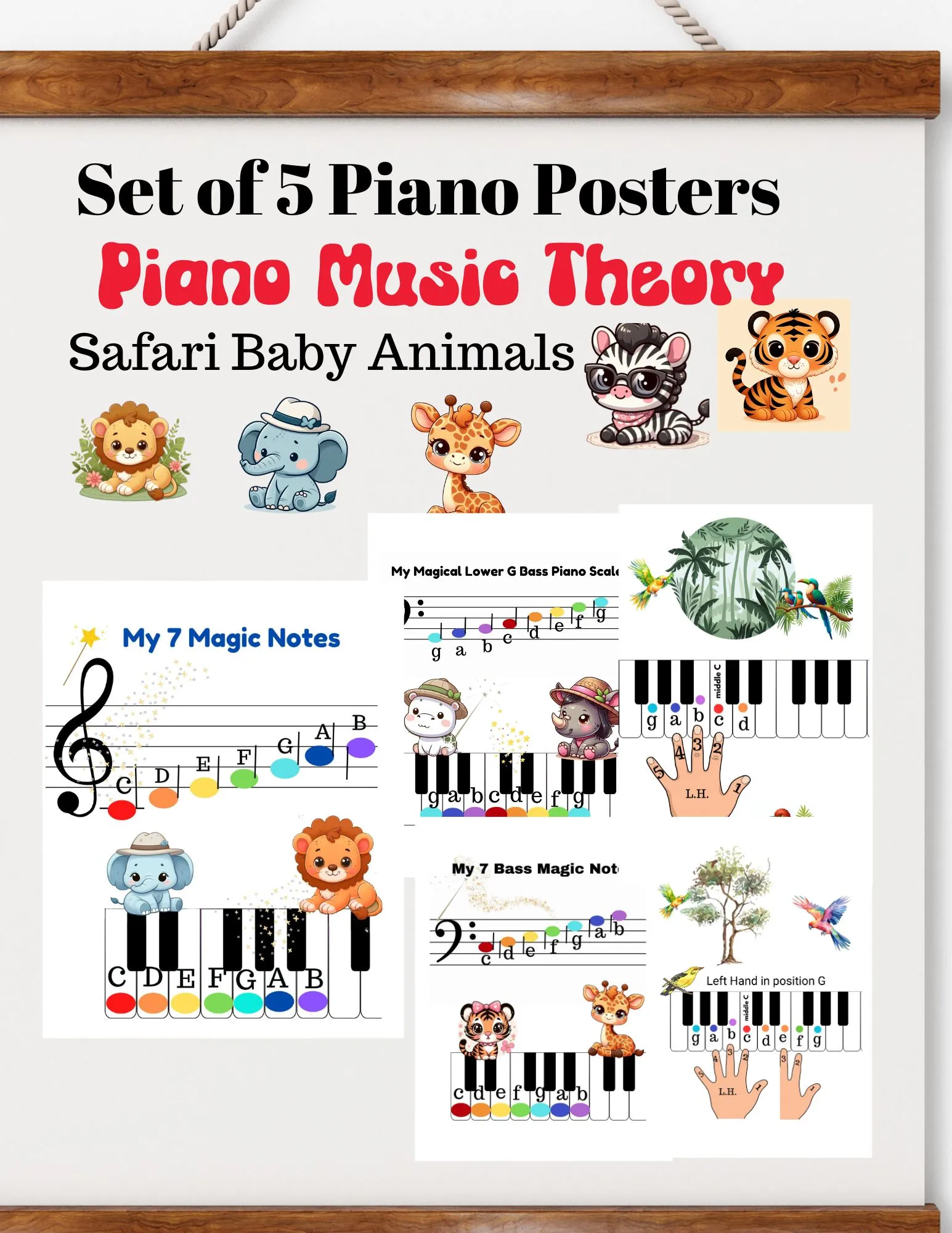

Crucial for your child or student Success: 1. Always display interest in each young pianist's progress. 2. Listen to him/her playing new songs or easy classical piano pieces. 3. Display your support by adding our animals piano posters in their bedroom, piano room, or classroom. 4. Wear piano shirts, and use motivational tools and materials to keep the child interested. 5. Add award stickers for every line of song learned by heart. 6. Organize mini-recitals at home for family members.
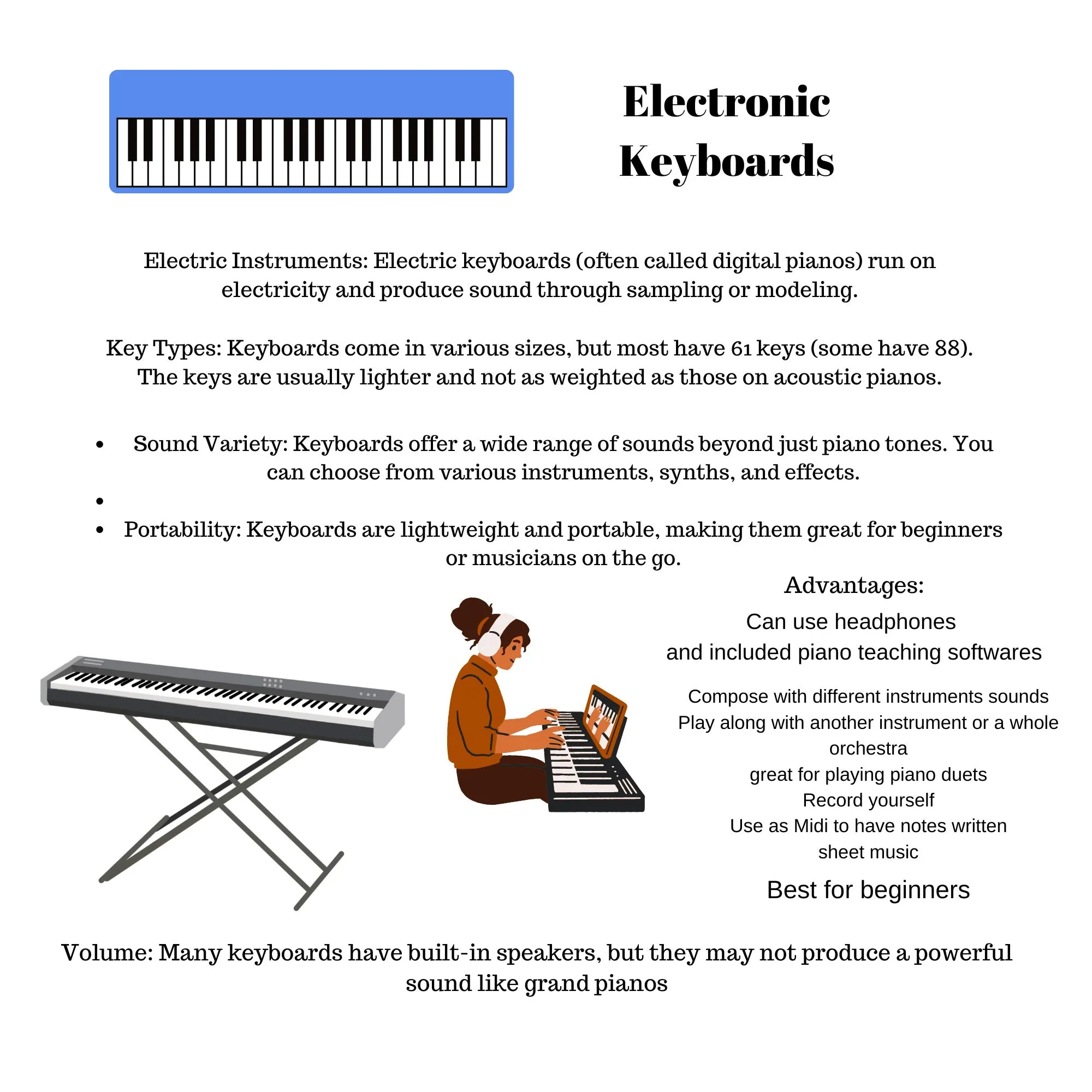
The ideal sitting position at the piano for a young beginner is crucial for several reasons:
Posture: Sit on the front half of the bench to allow free movement of the body and arms. Keep the back straight but not stiff, maintaining a natural curve in the lower back.
Feet should be flat on the floor or on a footstool if they don’t reach the ground.
Height: The bench should be at a height where the forearms are parallel to the floor when the hands are on the keys. Wrists should be level with the keys, not drooping or raised too high.
Distance: Sit a comfortable distance from the piano, close enough to reach the keys but far enough to allow the elbows to be slightly in front of the body.
Why It’s Important:
Prevents Injury: Proper posture helps avoid strain and injury, especially important as young beginners are still growing. Encourages Good Technique: A good sitting position allows for better hand position and movement, leading to more effective practice and performance.
Enhances Concentration: Comfortable positioning can help a young pianist focus better on their playing without being distracted by discomfort.
Promotes Endurance: Good posture supports longer practice sessions without fatigue, which is essential for progress.
Remember, it’s important to adjust the bench and position as the child grows to maintain the ideal posture. Encouraging good habits from the start sets the foundation for a lifetime of healthy and enjoyable piano playing.
Piano Basics - Start Here
